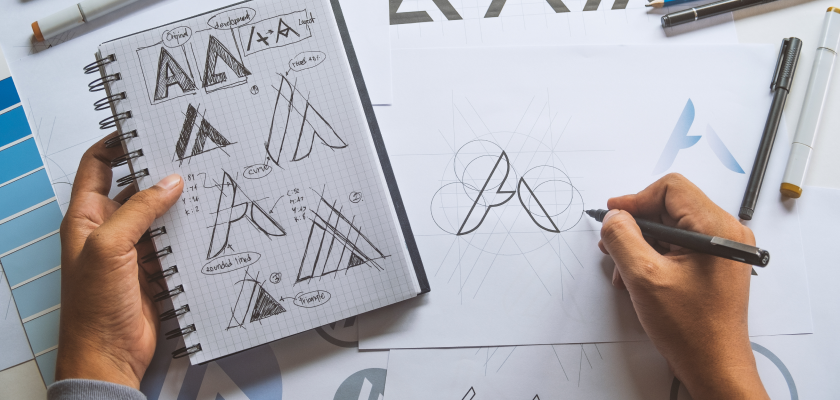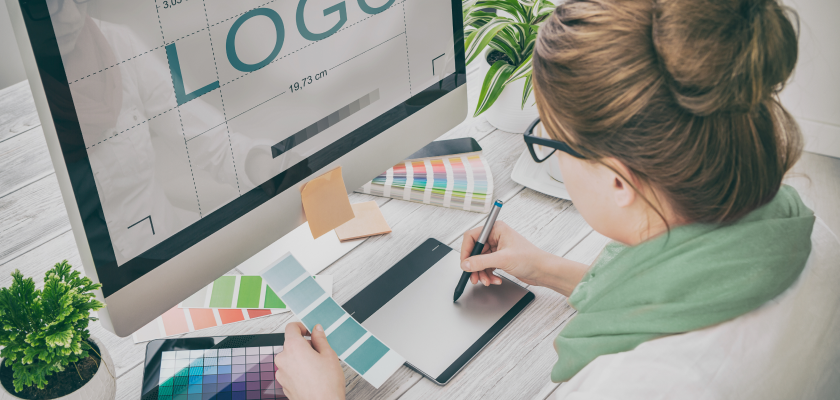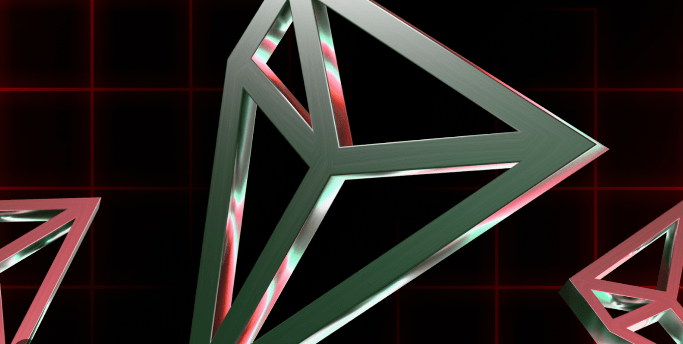Logo Design in 2024: Best Practices And Key Tips For Success
To design efficient and memorable logos in 2024, you need a blend of creativity and strategic thinking. As the trends and technologies in graphic design continue to evolve, understanding them is essential to staying ahead of the curve and...

To design efficient and memorable logos in 2024, you need a blend of creativity and strategic thinking. As the trends and technologies in graphic design continue to evolve, understanding them is essential to staying ahead of the curve and delivering modern solutions created customary or by logo makers.
This guide will walk you through the key steps and best practices for crafting a modern, impactful logo that resonates with a brand’s target audience and stands out in a crowded market.
Download commercially-friendly logo designs and visuals from Depositphotos for your creative projects
Logo Maker or Manual Design: What Should You Choose?
Today, there are so many smart tools created to speed up the design processes. One of them is a logo maker, a tool that can quickly generate logos. It is used and trusted by 36.7% of small businesses as it’s cheap, quick to deliver results, and can be used even without design skills.

At the same time, logo makers have several flaws compared to the traditional logo design process. The designs they offer are often template-based, less original, and quite difficult to customize.
Therefore, if you are an aspiring or professional designer, creating a logo yourself might be a more efficient option. At the same time, you can still try using logo makers—for instance, to suggest initial variations of a logo or design ideas that you can later transform into more professional solutions.
How to Design a Logo?
Logos are the most identifiable brand recognition symbols, as 75% of consumers claim. At the same time, if you are a beginner designer, it might be difficult for you to approach the logo creation process.
Luckily, more experienced creators have already done this for you, allowing you to learn from their best practices. Here are the main tips to consider in the logo design process.
Get to know the brand
Before opening a design tool or sketching ideas, take a moment to understand the brand’s story. Think about the values and emotions you want this logo to represent. To figure this out, research the target audience, the ideal customers, and how you want people to feel when they see the brand’s logo.
You can also brainstorm words that describe the client’s brand. Use tools like Thesaurus.com to find five to ten synonyms and related words that fit the brand’s theme and use them to guide your design.
Grasp the logo basics
There are different opinions on what makes a logo great. At the same time, there are certain key elements that generally make a logo stand out.
A good logo is:
● Simple: easy to understand at a glance;
● Memorable: it sticks in people’s minds;
● Unique: it stands out from the crowd;
● Versatile: it works well in different sizes and formats;
● Appropriate: it fits the industry and target market.
It also should be easily recognizable and represent the brand.
There are also three main types of logos:
1. Wordmark logo. Uses only the company’s name in a specific typeface, without any symbols or initials. It best suits companies with short, distinctive names.
2. Monogram logo. Consists of one to three letters, usually initials. It’s a great choice for companies that want a simple, recognizable symbol.
3. Combination logo. Combines both text and a symbol. This logo helps build brand recognition by using two design elements together, which can also be used separately.
Come up with color, font, and symbol ideas for the logo
To come up with a modern logo design, you need to focus on colors, fonts, and symbols that reflect the brand’s identity and appeal to your target audience. The colors should set the right tone and work well across various platforms and materials. Most logos use 2–3 colors, including black or white, but some brands use more.
The right font, in turn, can help convey the brand’s personality. Serif fonts are classic and formal, sans-serif fonts are modern and clean, script fonts add elegance, and display fonts make a bold statement. Handwritten and monospaced fonts offer unique styles but should be chosen based on the brand’s overall look.
Symbols can enhance brand recognition and align with the brand’s message and style. They can be literal or abstract, but in any case, they should complement the chosen font and not confuse viewers.
Make a logo readable and scalable
Often, aspiring designers might feel tempted to utilize all their skills and create a logo that looks truly original. However, be careful, as the most important thing here is not to overdo it and ensure the logo is scalable and easy to read.
In most cases, a logo will be used on different platforms and devices and in various sizes. You need to make sure that it remains clear in any of these situations for any potential customer. That’s why the most well-known logo designs are simple ones; when there are less details, the logo looks good in any format.
To Sum Up
Today, you can create a logo manually or by using a logo maker. In any case, you need to understand the design basics to ensure that you’ll deliver a top-quality solution. Start by understanding a brand’s story and values, and use this insight to guide your color, font, and symbol choices. Focus on creating a logo that is simple, memorable, unique, and versatile.
Ensure it’s easily recognizable and works well across various sizes and formats.

 Tekef
Tekef 








_23.jpg)


_1.jpg)



















